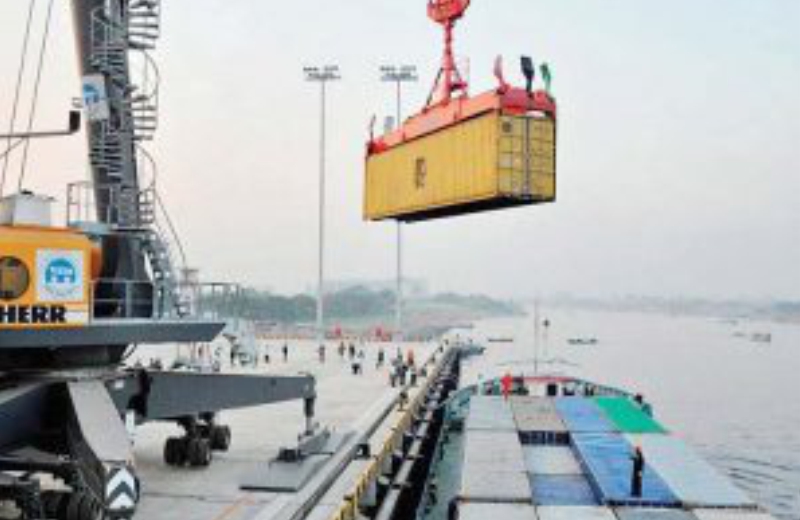Underlying vessel operating cost inflation accelerated moderately in 2019 on higher repair and maintenance and insurance spend, while, looking ahead, costs are expected to continue rising at a similar pace in 2020 on a hardening insurance market before receding in subsequent years, according to the latest Ship Operating Costs Annual Review and Forecast 2019/20 report published by global shipping consultancy Drewry.
Costs rose for a third consecutive year following marked declines in the capacity ravaged years of 2015-16. Opex costs are heavily linked to developments in the wider shipping market as some, such as insurance, are connected to asset values and others impacted by the ability of shipowners to pay, it said in a release.
Drewry estimates that average daily operating costs across the 46 different ship types and sizes covered in this report increased 2.2 per cent in 2019, compared to underlying increases of 1.1 per cent and 0.7 per cent, respectively, in the previous two years. This followed a period in which opex spending contracted over two consecutive years by almost 9 per cent in 2015-16.
Spend rose across all six of the main opex cost heads for the second consecutive year in 2019, indicating how broadbased inflation continues to be.
“While cost pressures remain, this trend confirms the end of the deflationary era that prevailed mid-decade, as the depressed state of shipping markets forced operators to slash costs in order to survive,” said Drewry’s Director of Research Products, Mr Martin Dixon. “There are limits to cost cutting, beyond which the safety of the vessel and crew are put at risk, and as freight markets have recovered so pressure to reduce spend has lifted leading to modest acceleration in cost inflation.”
Manning costs rose for a second successive year, up 1.3 per cent in 2019, despite the easing officer shortage, while insurance costs increased 3.4 per cent having flatlined the previous year. Spend on stores, spares and lubricants rose for the third year in succession, though, with the exception of lubes, cost inflation remains very moderate. But expenditure on repair and maintenance and dry docking accelerated to 3.1 per cent in 2019 on tighter repair yard capacity as a result of a spike in retrofit activity, while costs relating to management and administration increased just 1 per cent.
The rise in costs was broadbased across all the main cargo carrying sectors for the second consecutive year, as continued recovery across most cargo shipping markets and rising regulatory compliance requirements lifted cost inflation. The latest assessments include vessels in the container, chemical, dry bulk, oil tanker, LNG, LPG, general cargo, reefer, RoRo and car carriers sectors.
But market conditions are expected to be challenging for many shipowners as the trade outlook remains uncertain and benign capacity conditions prove temporary when the current round of retrofits recedes.
“Hence, we expect the pressure on costs to remain, which will dampen any likely inflation, particularly in areas where owners have greater control, such as manning, stores, spares and management and administration,” added Mr Dixon. “Other cost heads, beyond the direct control of shipowners, will prove tougher to manage, particularly insurance where we expect costs to rise sharply in 2020. Continued attempts to clean up and decarbonise shipping will add to owner cost burdens, affecting management and administration, repair and maintenance and dry docking costs in particular, as retrofitted equipment adds to maintenance costs.”
However, any such increases will remain below the prevailing level of general price inflation and so represent cost stagnation in real terms.







